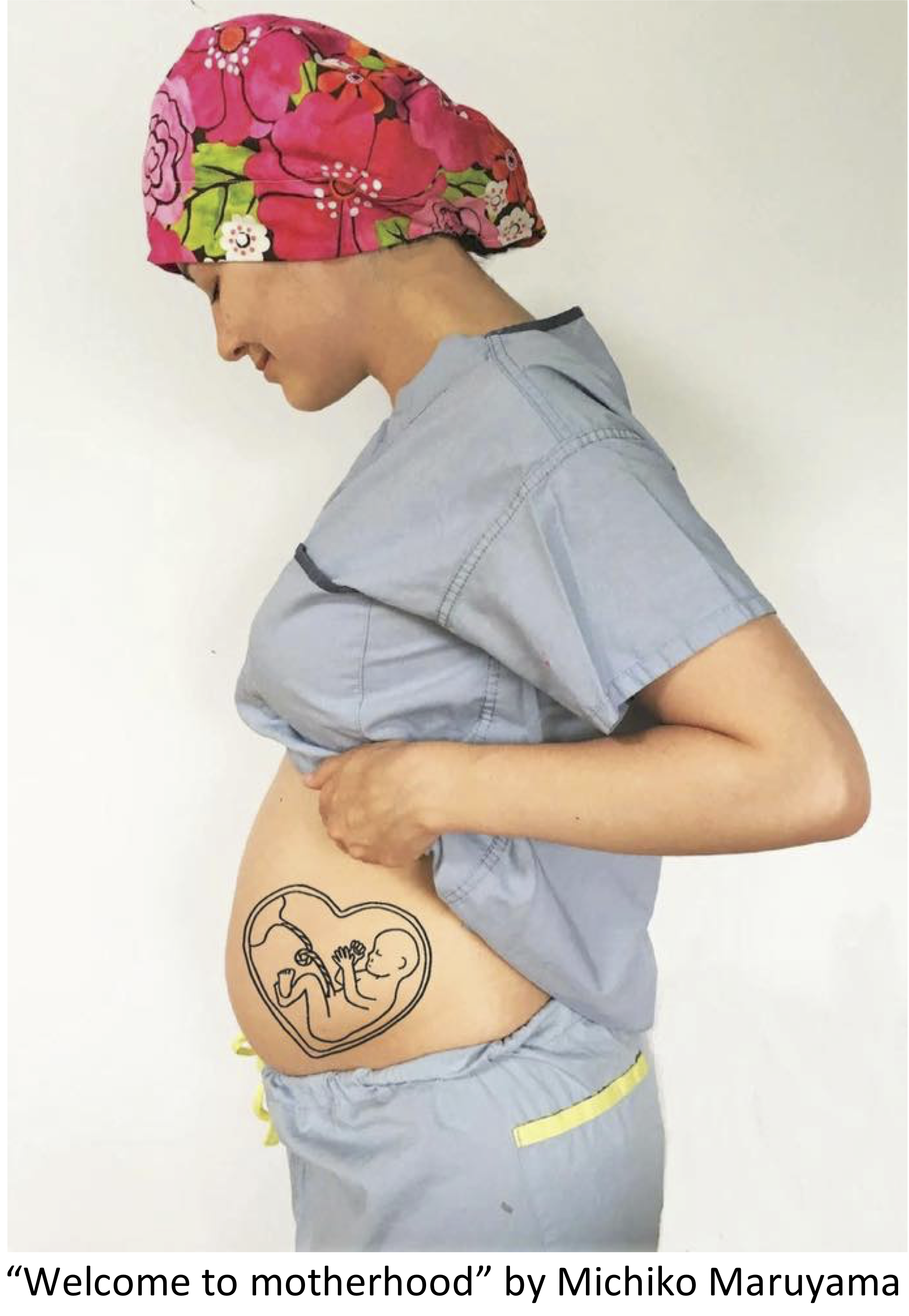Plain language communication as a priority competency for medical professionals in a globalized world
DOI :
https://doi.org/10.36834/cmej.36848Mots-clés :
patient education, plain language, globalization, health literacy, english proficiency, education, medical education, training, competencyRésumé
This brief report aims to highlight the impact of globalization – the international movement of goods, people, and ideas – on patient-provider communication in medical training and practice, and how the implementation of plain language communication training as a core competency for care providers can mitigate this impact. Globalization influences both patient and provider population diversity, which presents challenges with regard to patient-provider communication, particularly in cases of limited health literacy. Plain language communication - the delivery of information in a simple, succinct, and accurate manner - can help address these challenges. Training in plain language communication, however, is not a part of standard education for health care providers. Based on a synthesis of relevant literature pertaining to globalization, plain language communication, and medical education curricula, it is hoped that the information presented establishes the need for plain language communication as a core competency in medical education to enable providers to better meet the needs of an increasingly globalized health system.
Téléchargements
Téléchargements
Publié-e
Comment citer
Numéro
Rubrique
Licence
La soumission d’un manuscrit original à la revue constitue une indication qu’il s’agit d’un travail original, qu’il n’a jamais été publié et qu’il n’est pas envisagé pour publication dans une autre revue. S’il est accepté, il sera publié en ligne et ne pourra l’être ailleurs sous la même forme, à des fins commerciales, dans quelque langue que ce soit, sans l’accord de l’éditeur.
La publication d’une recherche scientifique a pour but la diffusion de connaissances et, sous un régime sans but lucratif, ne profite financièrement ni à l’éditeur ni à l’auteur.
Les auteurs qui publient dans la Revue canadienne d’éducation médicale acceptent de publier leurs articles sous la licence Creative Commons Paternité - Pas d’utilisation commerciale, Pas de modification 4.0 Canada. Cette licence permet à quiconque de télécharger et de partager l’article à des fins non commerciales, à condition d’en attribuer le crédit aux auteurs. Pour plus de détails sur les droits que les auteurs accordent aux utilisateurs de leur travail, veuillez consulter le résumé de la licence et la licence complète.










